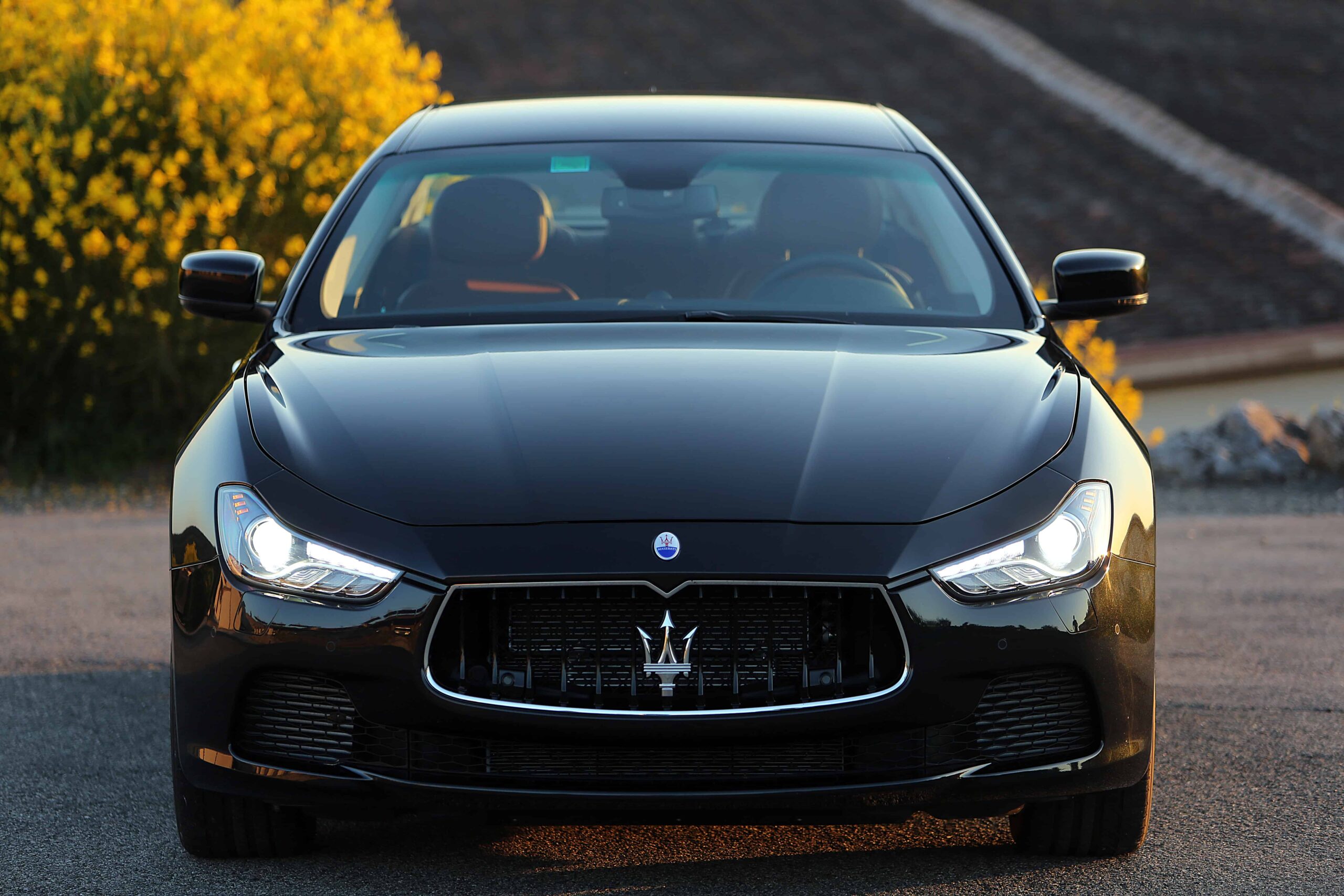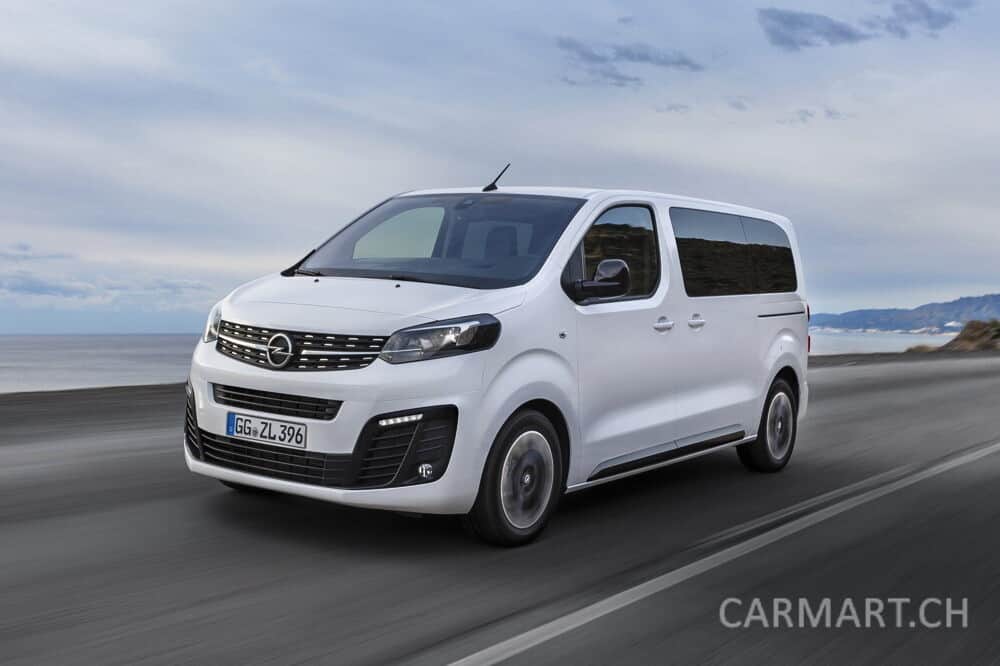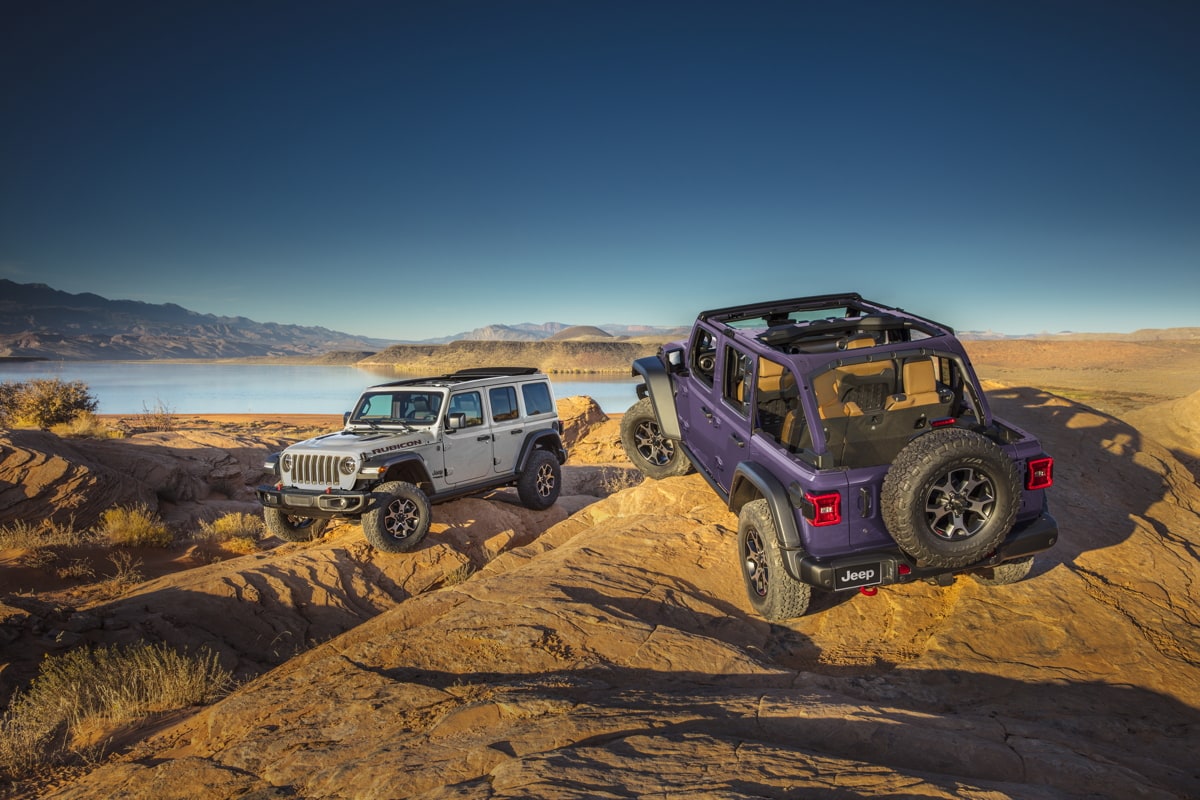The new Maserati Ghibli has been awarded two prestigious and internationally recognised ratings for passive safety
In Europe, the Ghibli has achieved a Euro NCAP 5 star rating with a score of 86/100, while in the Top Safety Pick ratings, issued by the IIHS (Insurance Institute for Highway Safety), it emerged in the highest possible class for each area of safety analysed. The Ghibli gained the Euro NCAP 5 star rating thanks to its numerous on-board safety systems, and scored 95% for adult protection, 79% for child protection, 74% for pedestrian protection and 81% for safety and driver assistance systems. The Ghibli shares many of the design features of its big sister and Maserati flagship, the Quattroporte. Right from the start of the development process, technical and design solutions were chosen to satisfy the toughest international standards and achieve the highest possible level of safety, precisely with a view to winning Euro NCAP’s most prestigious rating. Thousands of hours of computer simulation went into ensuring that the Ghibli’s structure conforms to the highest standards for safety. The excellence of the virtual design was then verified on production cars. Some 200 tests were performed on components and sub-systems, along with over 100 HYGE sled test simulations and more than 100 crash tests covering all possible types of collision: front, side, rear, rollover, and pedestrian impact. The 5 star rating is an even greater achievement considering that Euro NCAP since 2013 introduced new test methods for evaluating child and pedestrian protection this year. A major accolade, the Euro NCAP rating confirms Maserati’s special commitment to all aspects of safety for all road users. The IIHS‘ Top Safety Pick award was based on an analysis of four different aspects of safety (front impact, side impact, low speed rear impact and roof crush resistance). Test results are classified in four bands: Poor, Marginal, Acceptable and Good. The Maserati Ghibli emerged as ‚Good‘ in all four areas, earning it an automatic Top Safety Pick rating. The Ghibli is homologated for all world markets.
Body & Chassis
An innovative chassis with a strong sportive caracteristic has been designed thanks to its combination of double-wishbone front suspension and a state-of-the-art, multi-link rear suspension with the option of the active Skyhook system, part-time all-wheel drive, firm suspension damping and powerful braking system. Like the Quattroporte, its chassis design is based around a rigid and extremely secure steel safety cell that employs an array of different steel and aluminium alloys to deliver precise strengths and minimal weight. The front of its chassis is based around an aluminium casting with a reinforced cross-strut which helps deliver outstanding rigidity in all directions, while the rear of the chassis is made from rolled steel. The chassis/Body subsystem has been designed around a rigid and extremely secure steel safety cell, to maximize strength retaining the sports sedan’s perfect 50:50 weight distribution in its rear-drive models. The choice of aluminium for the bulk of the Ghibli’s body panels was based around the delivery of the maximum possible occupant safety for the lowest possible weight. Accordingly, all four doors and the bonnet (hood are all made from aluminium. Along with the freedom it allowed Maserati’s designers, the choice of aluminium has also had a positive impact on reducing weight, reducing its fuel consumption and lowering its emission. Other exotic materials are also used in the Ghibli’s body, including ultra-light weight magnesium, which is used in the dashboard’s cross strut.
Maserati Stability Program
Developed in the most extreme of test circumstances, the MSP uses a wide array of sensors to detect any need to intervene on the driver’s behalf. MSP adds a layer of security on top of the Ghibli’s inherent chassis stability that helps drivers enjoy anxiety-free handling under all driving conditions. MSP constantly measures the car’s handling and grip and combines a host of safety and performance systems to maintain the car’s ideal handling stance. Two of the bigger keys to the MSP’s operation are the engine and the brakes. If skidding is detected, the MSP reduces the engine’s torque output and can actuate the brakes with minute, finely varied inputs to restore the car’s stability within milliseconds. The other key systems that make up MSP include:
- ABS, which stops the wheels locking up under brakes, thereby maintaining steering control at all times.
- EBD (Electronic Brake Force Distribution), to distribute braking force between the front and rear axles to prevent rear-wheel lock up.
- ASR (Anti-Slip Regulation) stops the driven wheels from spinning in low-grip situations.
- MSR prevents the driven wheels from locking up when downshifting on low-grip surfaces. It does this by measuring the speed of the driven wheels against the speed of the free wheels and accelerating the driven wheels slightly if needed.
- BAS uses a variety of sensors to recognise panic or emergency braking situations and increases the pressure in the braking circuit.
- Hill Holder. Automatically connects to the braking system to prevent roll back when the car moves away from rest on hills.
Safety
The new Ghibli’s passive safety equipment has been designed to achieve both maximum peace of mind for its occupants and to achieve five stars on the Euro NCAP crash test regime, all without compromising its weight or fuel consumption. Maserati has balanced these conflicting demands by using hot-formed steels in critical areas of the passenger compartment for added occupant safety, while using aluminium in other areas to save weight. In particular, the front of the passenger compartment (the pillars and under-door mouldings) features hot-moulded steel components, with a magnesium dashboard strut, while the rear is stiffened with high strength steel. The crash bars at the front and rear of the car are made of extruded aluminium, while the doors, engine compartment, mudguards and luggage compartment are in aluminium. Maserati’s engineers added a third crash load path to the front structure of the car to help dissipate load and distribute the forces on the car to guarantee the stability of the body structure in frontal impacts. The New Ghibli is equipped with a seven-airbag system and anti-whiplash front headrest to provide maximum occupant safety.
Airbag
At the front, two-stage airbags are concealed from the occupants inside the steering wheel and dashboard to protect the head in frontal accidents while a knee airbag protects the driver’s legs and reduces the femur load in crash situations. The chest and hips of the front occupants are further protected by the side airbags beneath the seat leather. The sides of the occupants’ heads are protected by two head “curtain” bags mounted in the roof of the car, next to the B-pillar. The “curtain” bag protects the heads of the front and rear occupants against lateral impact.
Seats & Seatbelt Feature
The front seats are brimming with safety equipment designed to reduce trauma to the occupant’s cervical vertebrae. If the car is involved in a rear-end accident, its headrests automatically reduce the distance between their surface and the passenger’s head. The front three-point seatbelts are equipped with load-limiting pyrotechnic pre-tensioners, which trip in a collision to hold the passengers securely and prevent or minimise injury. The front seatbelts are fitted with height adjusters; properly adjusting the height of the seatbelts to the occupant’s height, which is not only more comfortable but also improves the safety function of the device.
Rear View Camera
The rear-view parking camera on the new Ghibli makes manoeuvring and reversing safer and more comfortable. Installed next to the luggage compartment’s release button, it views the area behind the car, and shows the resulting colour image on the 8.4” MTC display. The system works together with the standard parking sensors and sounds an acoustic warning as it approaches obstacles behind the car.
Headlights
While the Ghibli and the Ghibli Diesel get standard the bi-xenon headlights, the Ghibli S and the Ghibli S Q4 add an Advanced Frontlighting System (AFS, available as option also on Ghibli and Ghibli Diesel), which actively adjusts the headlight depth to combine an outstanding view of the road with very low glare for oncoming traffic. The bi-xenon headlights combine technology and style, with all of its secondary functions entirely provided by LED. Each headlight includes LED daytime running lights, with a light shape that provides instant recognisability in both day and night running. Each light also contains direction indicators, LED side position lights and a side reflector. With a video camera mounted in front of the rear-view mirror, the lighting system offers a beam control specifically for motorway driving which increases the depth of the light beam without the need for manual high beam activation. Sensors monitor the driving style and speed and if the road is clear, the beam depth offers the greatest depth and width, combined with the directional rotation of the headlights themselves. In addition, there are four different automatic lighting setups: for city driving, for motorway conditions, for low visibility and for driving on the opposite side of the road in applicable countries. Each of these modes automatically activates a strategy to best illuminate the road surface. The Town Beam turns on below 45km/h and sets the beam wider and shallower, giving a better view for turning and for peripheral danger zones while causing minimum disturbance for fellow road users. There is also a Rain Beam, which begins when the windscreen wipers operate. The individual beams are set to different levels to minimise reflections, while the outer beams are set wider and higher to make the Ghibli more visible to other road users. Note: In the USA and Canada, cars are not equipped with the AFS function. They retain the automatic depth and rotation control functions. The beam rotation function and the four AFS functions may be deactivated via the menu in the European Union, while in the USA, only the beam rotation function may be deactivated in this way.
Editor’s Glance
- The Ghibli launches with two models and two engine tunes, lead by the 301 kW (410 hp) version V6 BiTurbo in the Ghibli S and Ghibli S Q4
- The Ghibli will also deliver a state-of-the-art V6 turbo diesel, the first in Maserati’s history, which has been designed with the European market primarily in mind
- The Ghibli S delivers customers the choice of rear-drive efficiency or the security and agility of the Q4 all-wheel drive system
- The Ghibli S Q4 accelerates to 0-100 km/h in 4.8 seconds and reaches 284 km/h
- The rear-drive Ghibli S is 0.2 seconds slower to 100 km/h (5.0 seconds) but 1 km/h faster in top speed, with 285 km/h
- Traditional handling excellence is assured through 50 : 50 weight distribution, a double wishbone front suspension and a five-link rear suspension
- Cabin features include WiFi WLAN hotspot, up to 15 speakers of Bowers and Wilkens audio quality, 8.4 ” Maserati Touch Control screen
- The Ghibli has been designed and engineered by Maserati and is the second model (after the Quattroporte) to be manufactured to new benchmark quality standards in Maserati’s refurbished facility in Torino
Quelle: Maserati
















